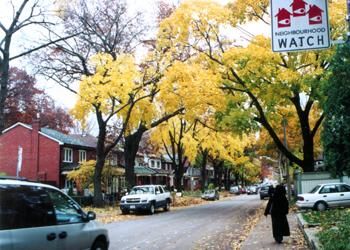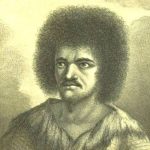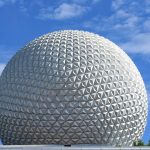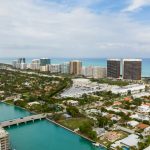
According to the 2001 Canadian Census, 3.5% of the population of the city of Toronto is Jamaican-born. 3.2% of the population of the Greater Toronto area was born in Jamaica. While Jamaicans live throughout the Greater Toronto area, you will find the largest concentration of Jamaican families in the city of Toronto.
Census Figures
- Toronto Census Metropolitan Area: 4,682,897; 150,840 Jamaican-Born (3.2%)
- City of Toronto: 2,481,494; 88,305 Jamaican-Born (3.5%)
- Ward 1 (Etobicoke North): 12.7% Jamaican
- Ward 42 (Scarbough Rouge): 9.5% Jamaican
- Ward 8 (Takes in Jane-Finch Corridor): 8.5% Jamaican
- Ward 43 (Scarborough East): 7.5% Jamaican
- Ward 15 (Eglinton – Lawrence): 6.7% Jamaican
Yonge and Bloor is the main intersection of the downtown core. You can find Jamaican restaurants and grocery stores in the downtown core and throughout the GTA.
Based on information from the City of Toronto site, the communities in which you will find the largest Jamaican populations are: Ward 1 (Etobicoke North), Scarborough and Ward 8, which takes in the Jane-Finch corridor. To get a flavour of a community in which you will find one of the largest Jamaican communities in the GTA, exit the Allen Expressway and head west along Eglinton Avenue. For several blocks, you will see Jamaican restaurants, bakeries, barbershops and hairdressers. The Jamaica Gleaner Company office is located in that neighbourhood. You will also find stores that sell hip hop fashion, grocery stores and posters promoting the latest Jamaican plays and reggae artists who are about to pass through Toronto. Step into some of the record stores and it’s like stepping back in time because you will see LPs spinning on the turntables and LP jackets, featuring reggae artists, lining the walls.
“Connection”, “Village” and “Jungle”, nicknames for communities in Kingston, Jamaica, each have their corresponding neighbourhoods in Toronto, where many Jamaicans reside. “Village” is the nickname used for the area around St. Clair Avenue and Bathurst Street. West Kingston’s “Jungle” has a sister neighbourhood in Toronto’s Lawrence and Bathurst area, also known as Lawrence Heights. (Ben Johnson lived in that community after he left Jamaica.) (Ben Johnson lived in that community after he left Jamaica.)
For audio profiles of the communities with the nicknames Jungle in Toronto and Jamaica, check out the CBC Toronto web site:
Profile of Toronto’s “Jungle” Community
Relationship Between Kingston Jamaica’s Jungle Community and Toronto
Apart from the City of Toronto, the Regions of Peel (takes in Brampton and Mississauga) and Durham (Ajax Pickering area) have the largest Jamaican-born populations in the GTA.
- Region of Peel: 985,565; 23,155 Jamaican-born (2.30%)
- Brampton: 324,390; 10,785 Jamaican-born
- Mississuaga: 610,820; 12,185 Jamaican-born
- Durham: 502,905; 13,350 Jamaican-born (2.70%)
York Region (which includes the cities of Markham, Richmond Hill and Newmarket) and Halton Region (which includes the city of Oakville) have comparatively small Jamaican populations.
- York Region: 725,670; 10,700 Jamaican-born (1.50%)
- Halton Region: 372,410; 2,920 Jamaican-born (0.08%)
As Toronto is easily accessible from Jamaica, Jamaicans living in Toronto have the opportunity to enjoy the very best in Jamaican entertainment. Jamaican musicians who have performed in Toronto over the years have included Bob Marley and the Wailers, Culture, The Mighty Diamonds, Shaggy, Mutabaruka and Burning Spear, to name just a few. Toronto based Jamaicans have access to everything from reggae concerts and roots plays, to pantomimes, live and direct from Jamaica. Jamaican actors including Carl Bradshaw, Oliver Samuel and Charles Hyatt, have performed live on stage in Toronto. The Reggae Boyz, Jamaica’s soccer team, have played here.





